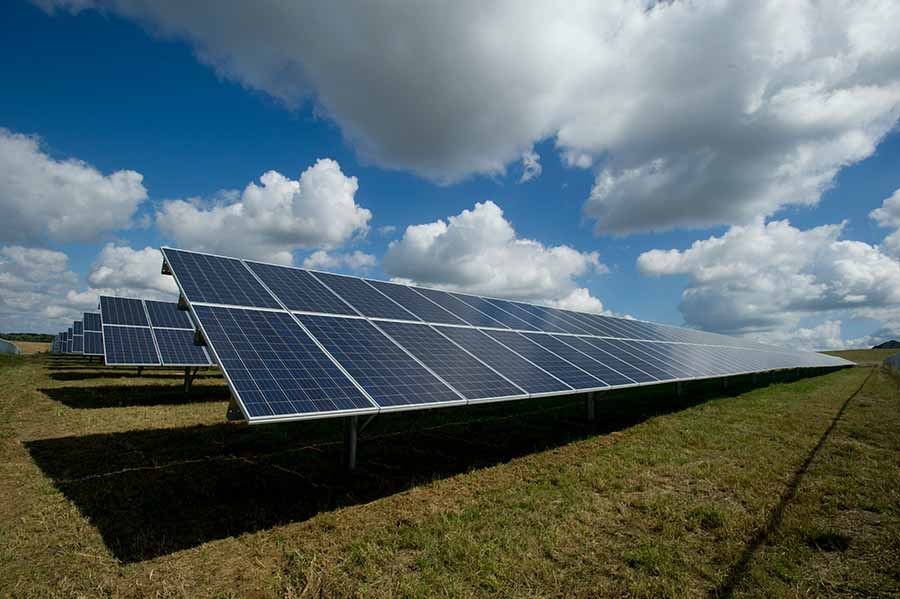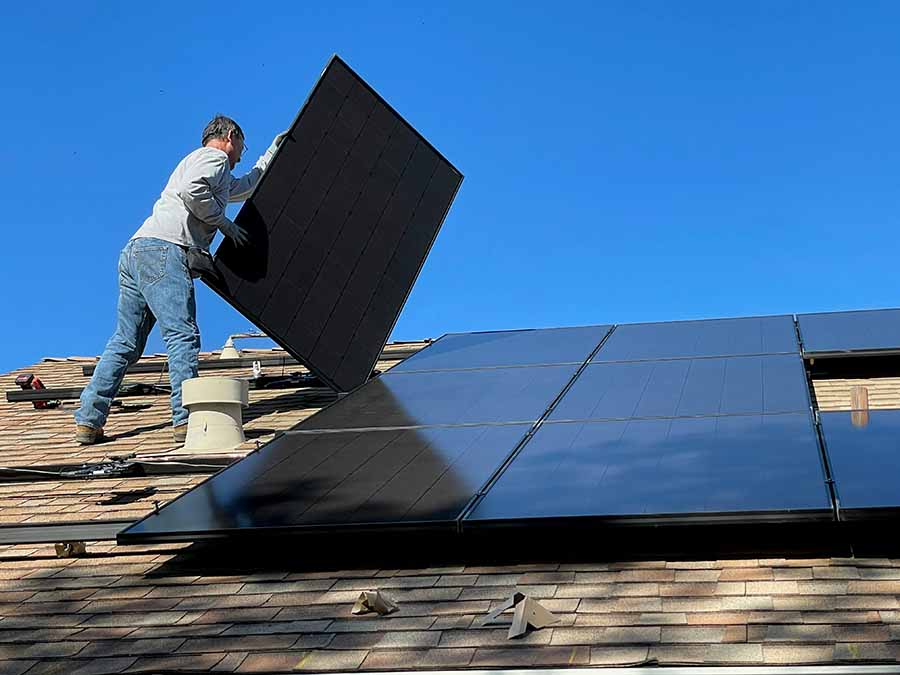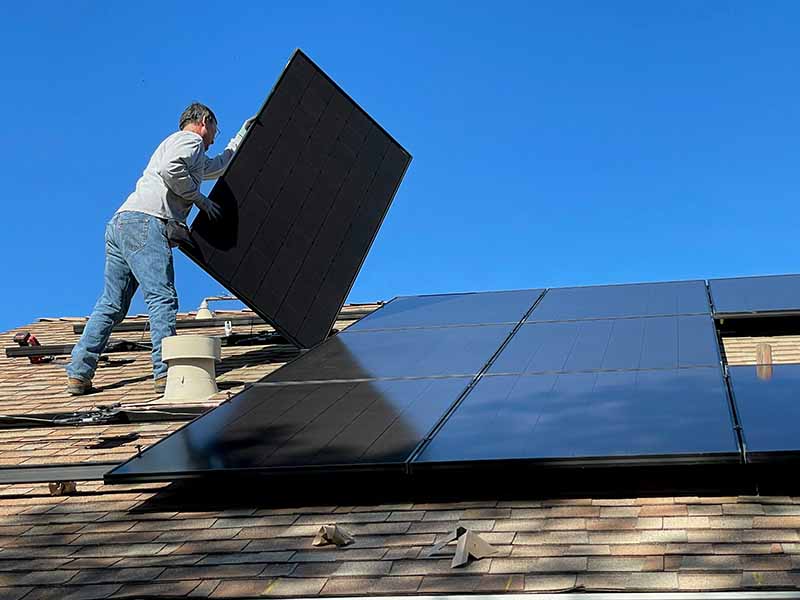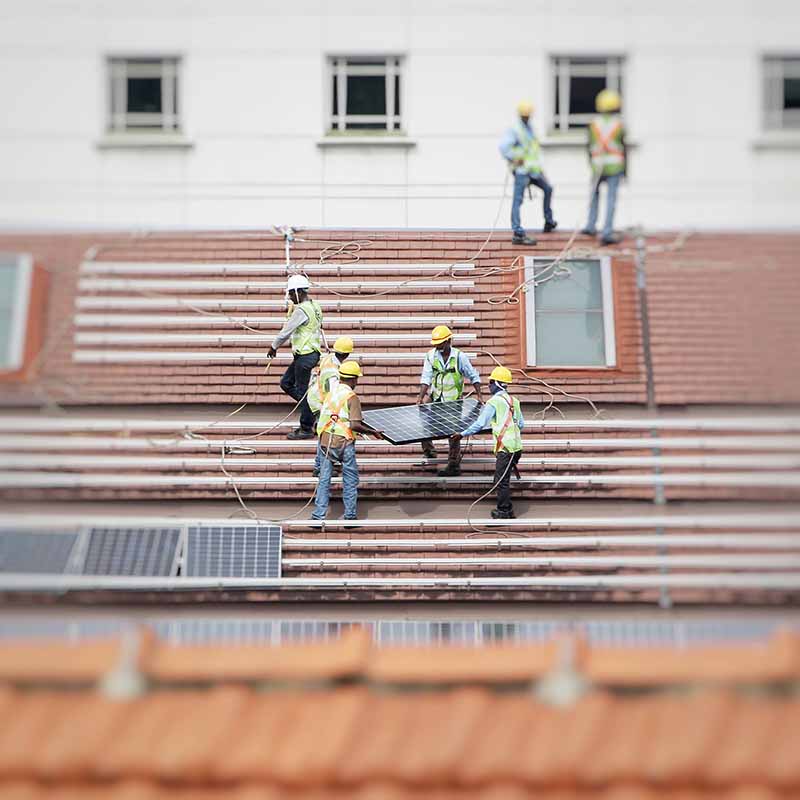Installing a solar energy system for a business is not easy to decide, as many connected issues seem complex and confusing at the same time. While earlier more stress was laid on it being a good environmental decision, it is rapidly becoming one that can be strategically and financially correct, with the increasing support from governments, the reducing price of these installations and the increasing efficiency of solar cells.
Businesses of all sizes, both small and big, are finding that installing a solar system can be financially opportunistic and guarantee financial returns for a business. Marketplace data has revealed that businesses reduced their electricity bills by as much as 75 percent after going solar, and this means substantial additions to their bottom lines, especially in cases where such bills are a substantial part of normal expenses.
To add to this, electricity prices have continued to increase due to the cost of oil, while on the other hand, the cost of solar panels has continued to drop as manufacturers are benefitting from the increased demand that lowers the price of mass manufacture. To add to this, technological developments have substantially increased the efficiency of solar cells, and the use of newer materials and configurations that reduce the requirement of the size of solar panels, which lead to lower installation costs.
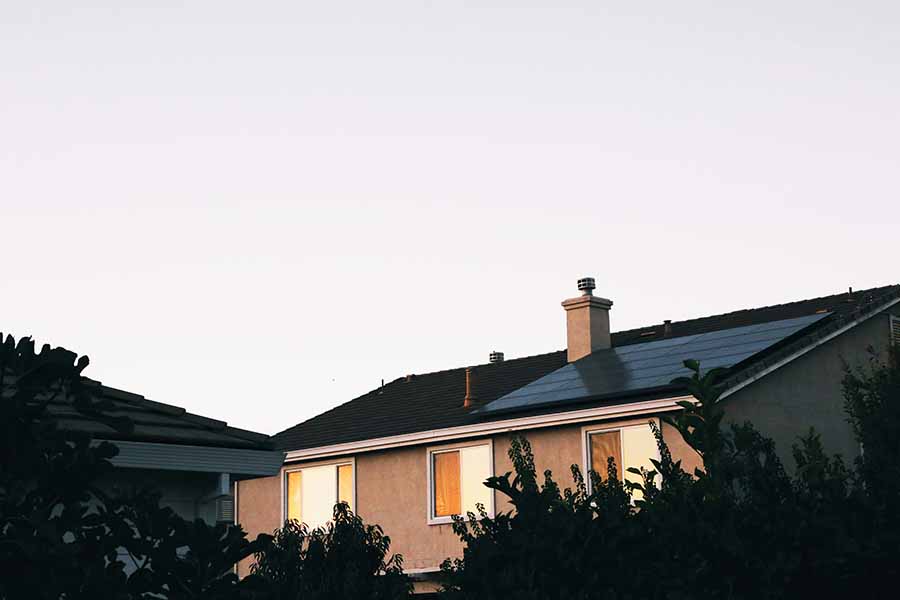
Increasing awareness of the need to reduce the dependence on fossil fuels has led to governments allowing tax and other credits for businesses that install solar power and made such installations financially viable for businesses of all sizes. Another important aspect that has made these installations attractive, is the accelerated depreciation that allows great benefits in taxation.
Another significant incentive that has made businesses relook at the installation of solar systems for the power needed by them to run their operations, comes from the fact that electric utility companies will take any power from the installations installed by businesses that are not being used by them, and give them credit for it, while also allowing them to draw any required power when the installations do not produce power at night. So, any business always has a guaranteed power source available, while they gain credit for excess power that they produce. The installation of solar panels for power production helps a business to be better protected against the volatility of electricity prices, thus allowing them to plan and budget for the future, once they go the solar way.
The installation of solar panels for power production by a business does bring in a lot of public relations benefits, as customers are impressed by the commitment of the business to sustainability. Employees also are proud to work for such organizations that are taking positive action to reduce their carbon footprints.
The installation of solar power systems by a business makes for smart capital investment. Payback periods are short, the financial returns are steady and maintainable, and rising energy prices have a lower impact on bottom lines. The fact that these systems are low maintenance, closer to zero, makes them another reason why these installations are increasingly being used by businesses.
Research into ways of using various materials to produce electricity from solar energy is working towards higher efficiencies and lower costs, and this constant development only ensures that the use of this method to produce the needed power will only increase, reduce the running expenses and continue to yield financial benefits that good business managers cannot afford to ignore. To add to this, the increasing uses of methods to produce power from sources like the sun, the wind, the tide, and others have led to the reducing dependence of fossil fuels; developments that are to be encouraged and utilized by sensible business management.
